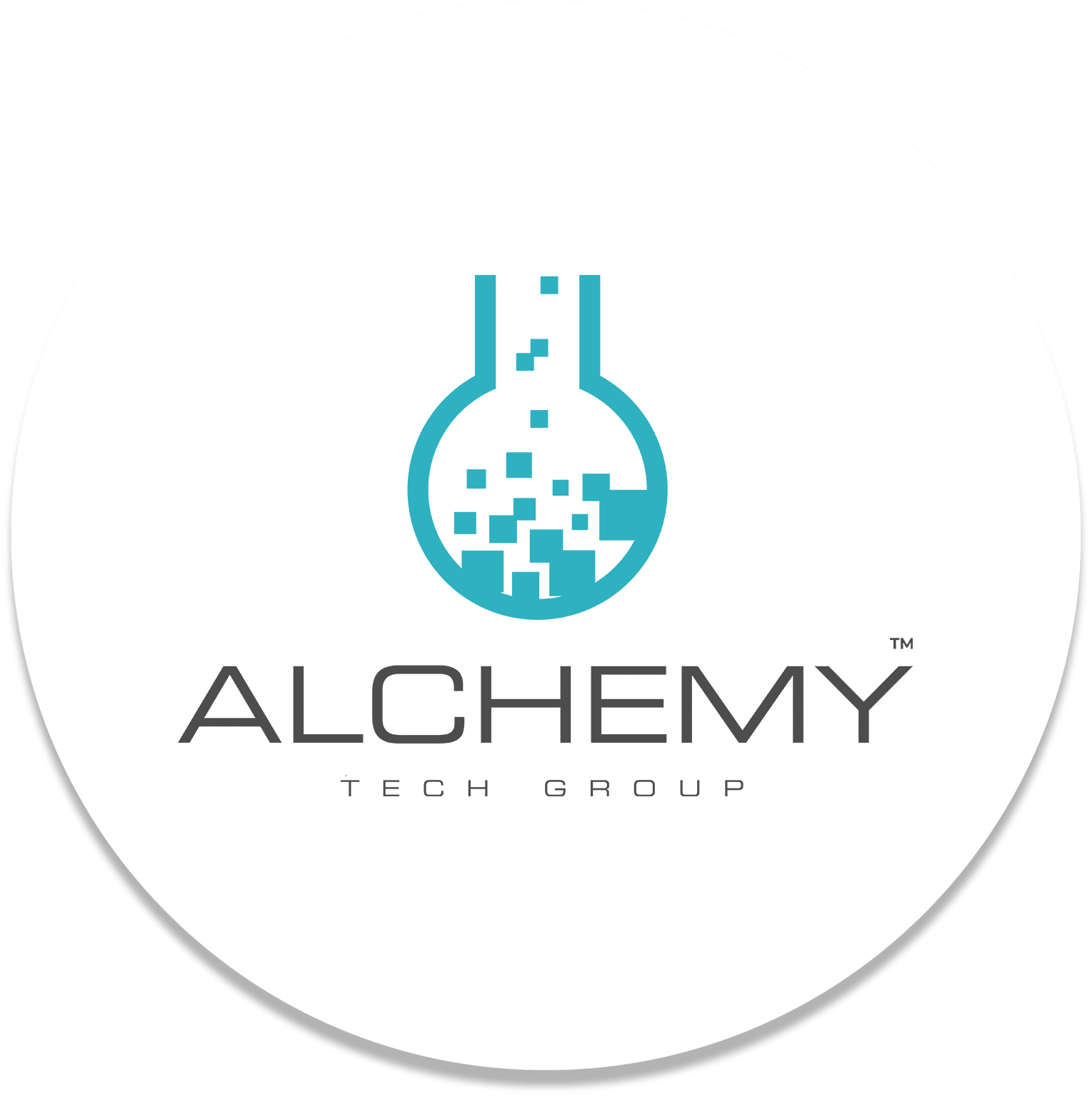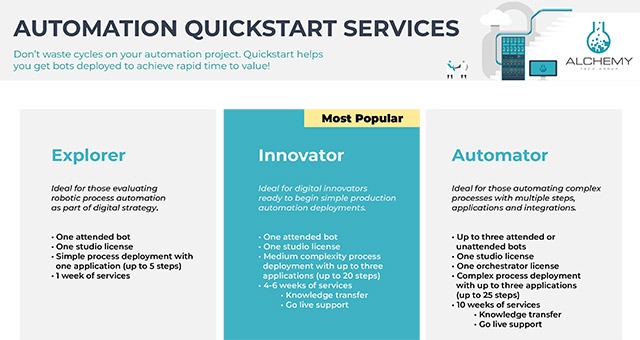Business Process Automation
Unlocking Business Value and Growth
Process automation is a major component of digital transformation. Adopting automation across the entire business, not just within IT, means the whole organization benefits from increased efficiency.
To achieve optimal results, your process automation goals should align with a broader business strategy. What outcome are you hoping to achieve through automation? How does automation add value for your customers, or employees?
There are multiple avenues to automation. Here are a few methods to help jump start your digital transformation:
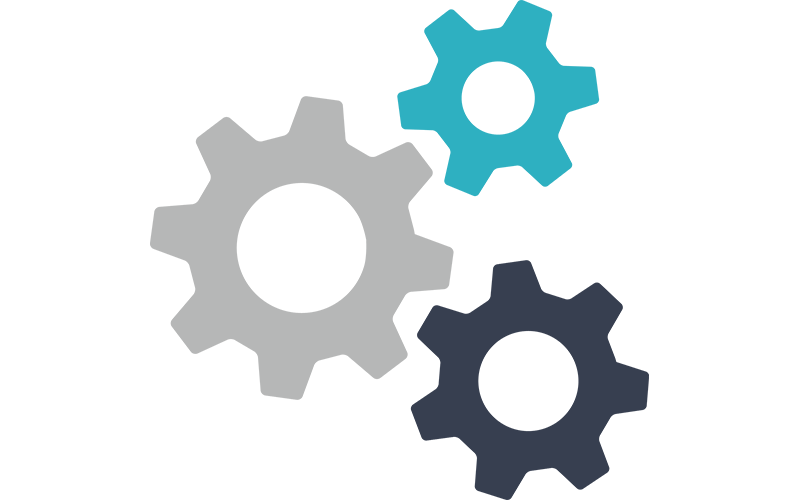

RPA Demo:
Video showcasing the capabilities of a UiPath bot
Robotic Process Automation
RPA is software that acts as a digital worker or “robot”, emulating human interactions to execute front and back-office routine processes automatically. The primary benefit is that RPA doesn’t require interfaces or application changes, making it more universal and easier to implement than backend API development and programming.
RPA allows mundane, repetitive and time consuming tasks to be automated which increases efficiency, decreases human error and frees up your employees time to focus on higher value tasks.
Alchemy’s Approach
Alchemy Tech Group aligns industry best practices, a proven methodolgy and the expertise of 10+ developers with UiPath RPA Developer Advanced Certifications to provide tailored solutions for your organization’s specific RPA needs.
Our Methodology
- Initiation
- Planning
- Design
- Build & Test
- Acceptance & Closure
- Sustain/Monitor
- Identify Stakeholders
- Identify Project Roles
- Confirm Scope
- Project Kickoff
- Project Governance
- Opportunity Assessment (PCD)
- Quantify Expected Benefits
- Prioritize Process Automation
- Architecture Review
- Review Security Environment
- Assign & Schedule Resources
- Change Management Plan
- Project Governance
- Architecture Design
- License Requirements
- Process Standardization & Design (PDD)
- RPA Development Framework
- Technical Solution Design (SDD)
- Change Management
- Project Governance
- Architecture Buildout
- Create RPA Environments (Dev/Test/Prod)
- Develop RPA Components
- Review & Upgrade Design Diagrams
- Acceptance Test
- Change Management
- Project Governance
- Go/No-Go Review
- Acceptance
- Schedule/Execute Go-Live
- Change Management
- Project Governance
- Open Issues Logged
- Support Onboarding
- Project Closure
- Project Governance
Common processes to automate with RPA
- HR Services
- Supply Chain
- IT Services
- Finance & Accounting
- Customer Services
- Payroll
- Time & attendance management
- Onboarding & offboarding
- Benefits administration
- Recruitment (back office)
- Personnel administration
- Education & training
- Inventory management
- Demand & supply planning
- Invoice & contract management
- Work order management
- Returns processing
- Freight management
- Software development
- Server & app monitoring
- Routine Maintenance & Monitoring
- Batch processing
- E-mail processing & distribution
- Password reset/unlock
- Back up & restoration
- P2P: Vendor master,Requisitions, PO creation & management, Payment processing, Reporting, Invoicing
- O2C: Quote management, Cash applications, Customer master, credit management
- R2R: General / intercompany accounting, Bank reconciliations, Fixed assets, Close, Consolidations
- Collections
- Customer inquiries
- Order management
- Customer account set up
- Document processing
- Duplicate system entry
Workflow Automation
Workflow automation is when steps in a workflow are executed by a machine or software to quickly and accurately complete a task. The primary difference between workflow automation and RPA is that RPA uses the existing applications and systems, whereas workflow automation typically involves adapting and changing the workflow to fit the automation platform.
Platforms like SAP, ServiceNow and Salesforce are large platforms where adoption requires changing your process to map to the platform.
Alchemy’s Approach
Our focus on Workflow Automation centers on Microsoft’s Power Platform. Most organizations already own Office 365 which comes with some limited PowerAutomate licensing. We help evaluate the overall business process and identify where integrations with PowerAutomate can help streamline the workflow.
You can use Power Automate to automate workflows between your favorite applications and services, sync files, get notifications, collect data, and much more.
Common tasks to automate:
- Instantly respond to high-priority notifications or emails.
- Capture, track, and follow up with new sales leads.
- Copy all email attachments to your OneDrive for Business account.
- Collect data about your business, and share that information with your team.
- Automate approval workflows.
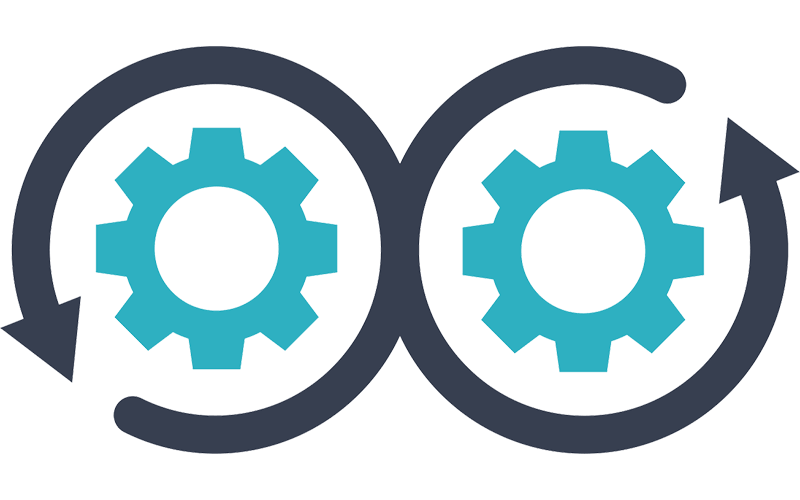
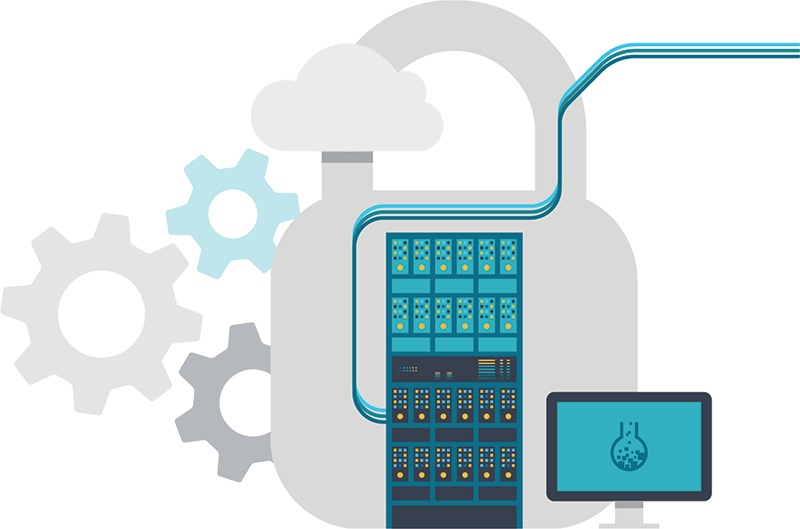
Infrastructure as Code
Infrastructure as code (IaC) is used to provision and manage a technology stack with software, rather than setting up and configuring hardware systems manually. Infrastructure as code can be used to automatically provision cloud systems and to virtualize various kinds of software environments. This is more specific to IT process automation, and relevant to DevOps as opposed to business process automation.
Codification allows infrastructure changes to be automated, while keeping the definition human readable. Automated tooling allows operators to increase their productivity, move quicker, and reduce human error.
Alchemy’s Approach
Hashicorp Terraform is the solution we recommend for IaC. Terraform works with over 160 different providers for a broad set of common infrastructure. Provider SDK makes it simple to create new and custom providers. Providers leverage infrastructure-specific APIs to preserve unique capabilities for each provider.
Common Benefits
- Uniformity – All servers and infrastructure are configured consistently each time.
- Reusability – It becomes very easy to provision a lot of the same servers and systems very quickly.
- Testability – It makes it possible to test your infrastructure changes before applying them to your production environments.
- Auditable – Because your infrastructure is defined in code, and the code is stored in your version control system you can see who made which changes to the infrastructure.
